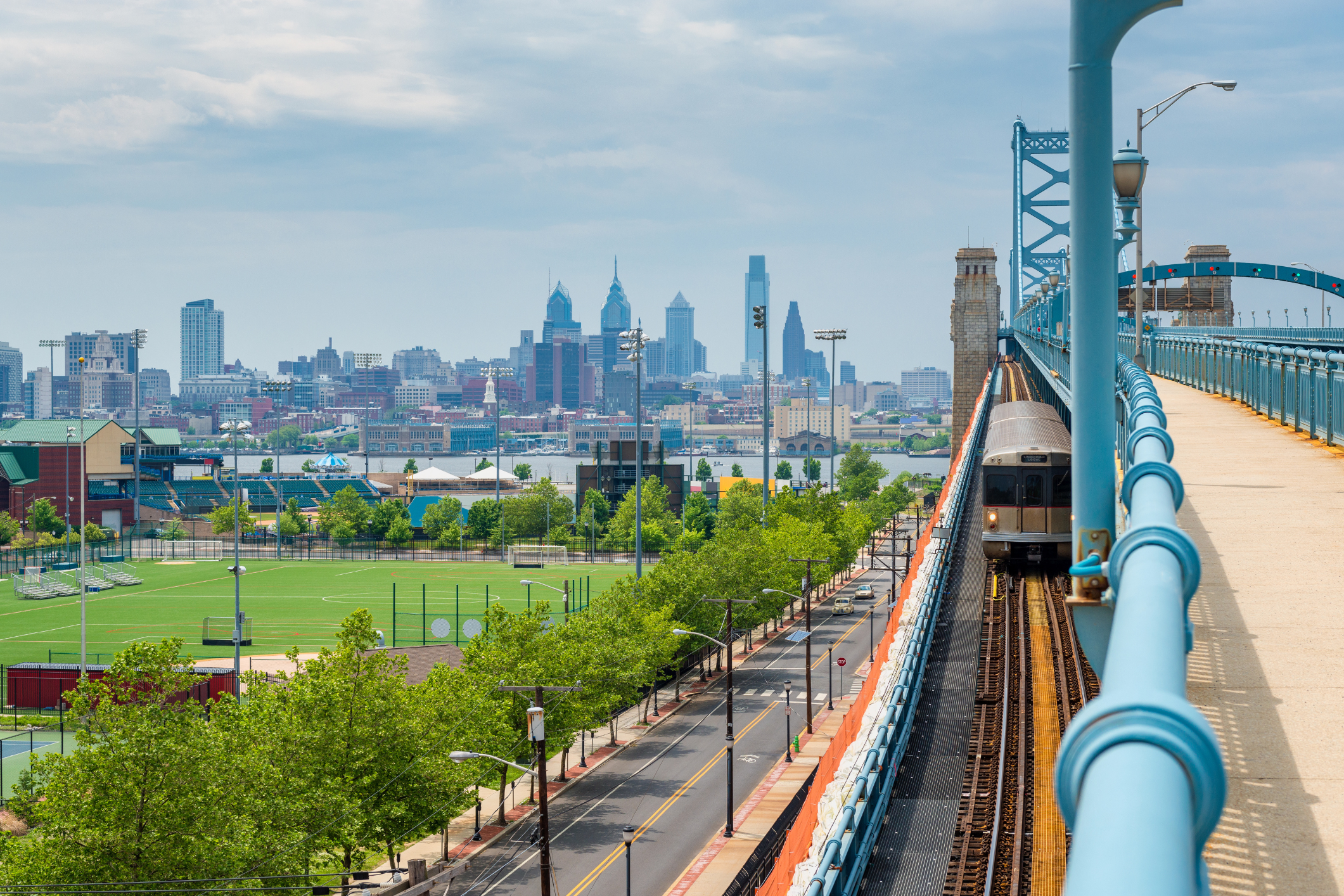By Carla Villacis, M.A.
We’re gearing up for our study on transportation issues in Camden County, and there’s a lot of context to be aware of and incorporate as we finalize our data collection tools and map out logistics for participant outreach. The transportation landscape is an ever-evolving one, and it’s important that our research questions target the most current issues. Earlier this month, we released our report on transportation barriers across the southern New Jersey region based on data from various projects over the last ten years – view the report here. The report provides further evidence of challenges discussed in our previous post: the lack of reliable and widespread public transportation options, barriers to securing private transport, and reduced access to daily tasks and necessities such as work, food, and healthcare.
But there are projects underway that seek to increase access and reflect a focus on transportation at the local and state levels. For example, substantial investments towards improving major traffic corridors such as Route 70, I-295, and the Atlantic City Expressway intend to alleviate regional traffic congestion and boost the appeal of tourism toward the southern counties.
Camden City has also been at the center of new initiatives. The Camden Loop van program that launched this summer has reported consistent use over the last few months, leading officials to start planning for the addition of weekend service hours, the expansion of service zones outside Camden City, and the purchase of more vehicles. And the city’s major transportation hub, the Walter Rand Transportation Center, will be undergoing construction to expand its grounds for parking, offices, and retail space in an effort to increase service and improve user experience.
Environmental awareness has also been given consideration. We are seeing a move toward electric vehicles (EV) and buses aimed at reducing urban pollution and improving public health: a pilot electric bus program launched in Camden last October, EV chargers debuted in Collingswood this month, and a recent state policy aims to end sales of new gasoline-powered vehicles by 2035.
These are just a few of the transportation-related projects that are either situated in the county or have the potential to impact the way residents mobilize around the area. As we prepare to talk with residents and stakeholders about transportation successes and their recommendations for improvements, certain research questions come to mind:
- What is Camden County residents’ level of awareness of the ongoing and proposed transportation initiatives?
- How do newer policies and projects align with the transit patterns and mobility priorities of Camden County residents?
- What initiatives would be beneficial to the western area of the county, which is further removed from the developments in Camden City?
- Besides availability and geographical coverage, what other transportation aspects could have a positive impact on residents’ transit experience?
With the focus that has built up around improving the transportation infrastructure in the area, our research will work to highlight the community’s perceptions around what’s working well and their recommendations for addressing remaining gaps. We are tuned in with the many moving parts of the transportation landscape across the county and region, and we look forward to bringing critical community considerations to the forefront within that context.

